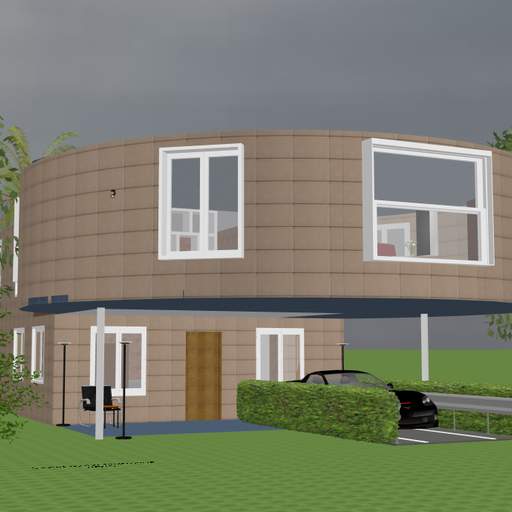House Of The Future: Al Rawabi School
Education_bh Innovation and Excellence

Celebrating educational innovation and excellence across institutions in Bahrain. Read all about the incredible innovations enacted by them only on Gulf Insider’s platform – Education_bh.
Please share a brief background of your innovation.
Students of Grade 7 designed their House of the Future as part of the IT Course at the school. They had to consider the ecological footprint of their designs and create houses that were environmentally sustainable. An architectural design software, Sweet Home 3D assisted students in creating a 2D plan of their house. They decorated the interior and exterior views and placed furniture and essential home appliances.

How was it planned?
Students first sketched out the ideas for their house of the future. After design development, reflection, and refinement, they transferred their completed sketches onto the CAD platform. They were quickly able to recreate their desired interior spatial arrangements using the program’s functions.
Did you face any challenges in implementation?
Early miscalculations of exterior measurements aside, the biggest challenge we faced was time management. Students were so engaged in this unit of study that they did not want to log out of their design sessions and head to the next class. One planning concern that was readily overcome was internet connections. As with any unit of study in IT, productive learning time is commensurate with students having fast and reliable internet connections. However, the software was available for students to use offline.

A brief assessment of your results.
We were amazed at the level of student engagement and achievement. They openly compared and consulted with each other on design development and progress. This unit of study became a demonstration of the effectiveness of student-led inquiry. They voluntarily researched architectural regulation, sustainable construction materials, interior design, and spatial layout. What we found really satisfying was listening to Grade 7 students talk about their designs and expressing a desire to live simpler in the future.
One of the students experimented with alternate 3D design software, creating a range of items to be used in his House of the Future. His classmates were inspired by the design of his multi-purpose kitchen blender, hairdryer, hammer, knife, canned soda, and in particular, his pizza! Some of them asked him to help them create something similar. Students became teachers before our eyes and this was most gratifying.
In hindsight, what were the most valuable lessons learned? Could things have been done differently?
Student presentations revealed some valuable information about how the next generation of Bahraini dreamers and doers perceive environmentally responsible design and construction. They desired a simple house rather than a large one. Students came to understand and appreciate different opinions after the presentations and there was a collective realization that “sometimes, the simple things make people happy”.
The smaller house design reflected the way they want to live – prioritizing family and loved ones. The few students who chose to have a big house and a swimming pool reasoned that having a larger space for the whole family would reduce environmental impact.
What started as a unit of study. quickly became the departure point for student communication, collaboration, creativity, and critical thinking beyond the walls of the classroom.



